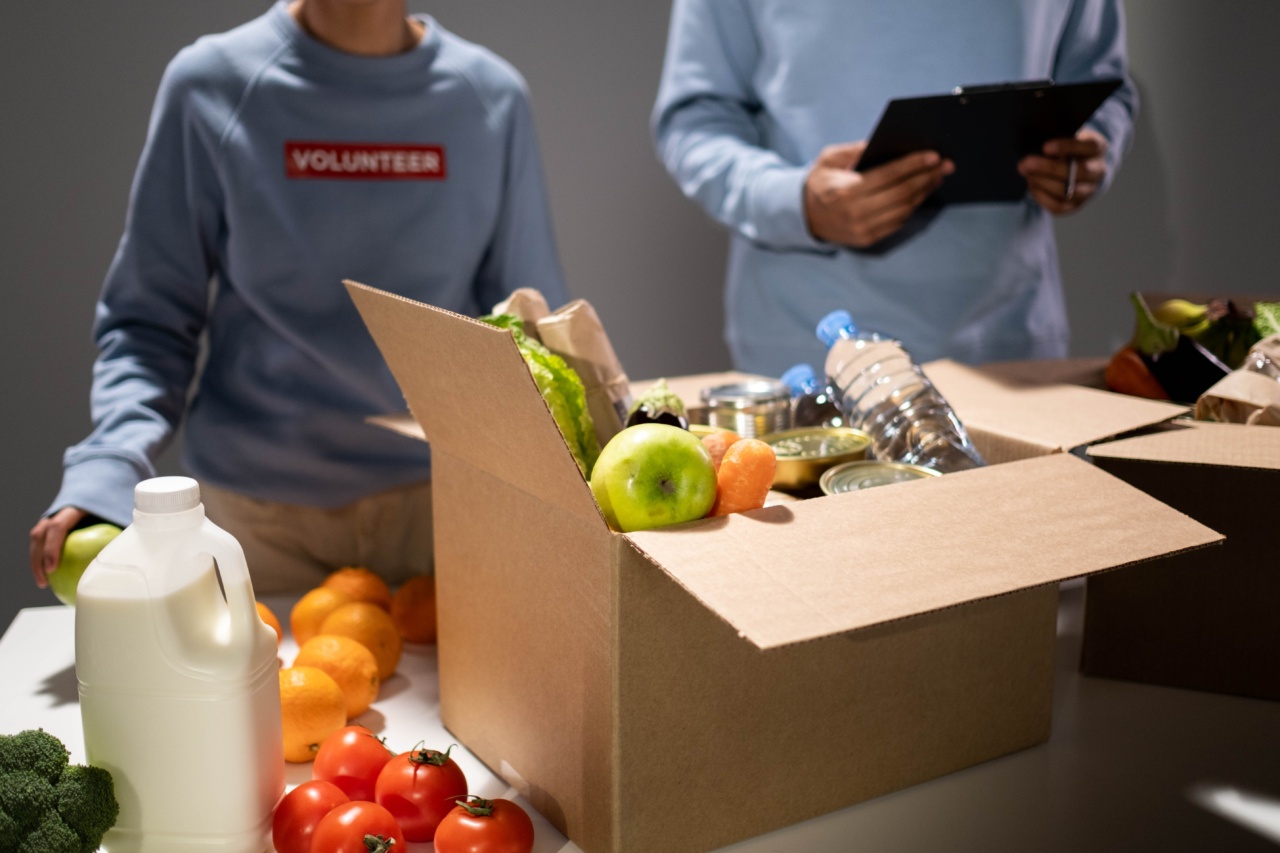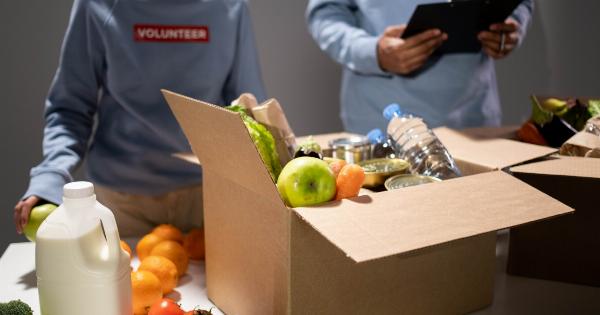Packaging plays a crucial role in the food industry. It not only protects the product from contamination and damage but also communicates important information to consumers.
When it comes to packaging standard food, certain guidelines must be followed to ensure food safety and compliance with regulations. In this article, we will discuss the do’s and don’ts of packaging standard food.
1. Do: Use Food-Grade Materials
When packaging standard food, it is essential to use materials that are safe for direct contact with food.
Food-grade materials, such as FDA-approved plastics, glass, or metal, should be employed to prevent any potential leaching of harmful substances into the food product.
2. Don’t: Neglect Proper Labeling
Clear and accurate labeling is crucial for standard food packaging. Labels should include vital information such as ingredients, nutritional value, allergen warnings, net weight, and any necessary instructions for storage and preparation.
Neglecting proper labeling can lead to confusion and potential health risks for consumers.
3. Do: Ensure Tamper-Evident Packaging
To guarantee the safety and integrity of standard food products, it is important to use tamper-evident packaging.
This not only protects the contents from unauthorized access but also provides consumers with confidence that the product has not been tampered with or compromised before purchase.
4. Don’t: Overpackage
While it is essential to protect food products during transportation and storage, overpackaging can be wasteful and environmentally harmful. Avoid using excessive packaging materials that do not add value or serve a legitimate purpose.
Finding the right balance between protection and sustainability is key.
5. Do: Consider Environmental Impact
With growing concerns about the environment, packaging standard food in an eco-friendly manner is highly encouraged. Opt for recyclable or biodegradable materials whenever possible.
Additionally, strive to minimize packaging waste and explore innovative solutions, such as lightweight packaging or using renewable materials.
6. Don’t: Use Misleading Packaging
It is crucial to avoid misleading packaging practices that can deceive consumers. Misleading representations of a product’s contents, nutritional value, or origin can harm consumer trust and violate regulations.
Be transparent and honest in your packaging, accurately representing the product inside.
7. Do: Conduct Shelf Life Testing
Before packaging standard food, it is crucial to conduct shelf life testing to determine the product’s durability and expiration date. This helps ensure that the food remains safe for consumption throughout its intended shelf life.
Properly label the packaging with the expiration date or best before date to guide consumers.
8. Don’t: Neglect Storage and Handling Instructions
Clearly communicate proper storage and handling instructions on the packaging. Different food products require specific temperature conditions, whether refrigeration or room temperature storage.
Neglecting to provide such instructions can compromise the quality and safety of the product.
9. Do: Incorporate Innovative Packaging Designs
While prioritizing food safety and compliance, don’t shy away from innovative packaging designs. Creative packaging can enhance the appeal of standard food products and differentiate them from competitors.
Consider functional features like resealable closures or portion control options to improve convenience and customer experience.
10. Don’t: Ignore Regulatory Requirements
Compliance with regulatory requirements is of utmost importance when packaging standard food. Stay updated with food packaging laws, regulations, and guidelines specific to your region.
Failure to adhere to these requirements can result in legal consequences and damage the reputation of your brand.





























